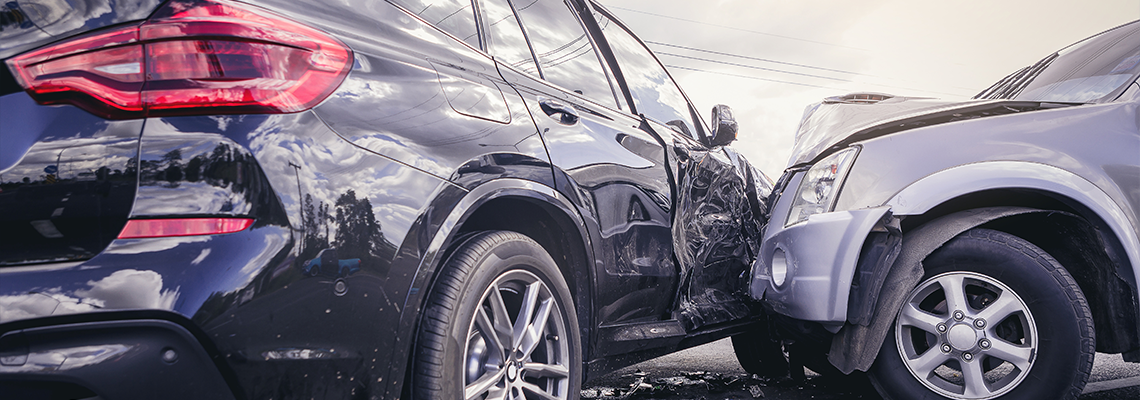
Car Accidents Claims Process in New York
New York is one of the largest cities in the world, and as such, there are a tremendous amount of car accidents. In November of 2022 alone, there were 7,818 vehicle collisions in the city, with nearly 40% of these resulting in an injury. This information, compiled by the NYPD, is a startling reminder of just how dangerous it can be on our city’s streets. When an incident like this takes place, you’ll need to know how to navigate the accident claims process in New York.
For help answering the question, “What happens after an accident?” call me at Law Office of Steven R. Smith, serving New York and Long Island, and Hempstead, Westbury, Mineola, and New Hyde Park. I’m here to help you move forward.
Personal Injury Claims in New York
New York is what’s known as a “no-fault accident state” which means that after a car accident, you’ll first file a claim with your own insurance provider regardless of who was responsible for causing the accident. This can mean a faster process in recovering expenses after an accident, but it can also make things more complicated if your policy doesn’t fully cover your damages. In this case, you’ll then need to file a claim with the at-fault driver, but you first need to know about the state’s comparative fault law.
When you’re seeking damages from the other driver after an accident, you’ll need to establish liability. In New York, liability can be shared. This pure comparative fault rule (also called comparative negligence) states that both drivers are only responsible for the damages that equate with their share of liability. For example, if you were found to be 20% responsible for an accident occurring, the total damages you’re owed by the other driver will be reduced by 20% to reflect your share of blame. Importantly, this can be for any level of liability. Even if you’re 90% responsible for the accident happening, you can still file a claim for the remaining 10%.
The Process
Any time you’re in a car accident in New York and someone has been injured or there’s more than $1,000 of damage, you are required to report it to the police. If there was only property damage, you have 10 days to report it, but if there was an injury, you must do so immediately. After this, you can then begin the claims process and eventually file a lawsuit if appropriate.
Because you’ll first file a claim with your own provider, you’ll be using your personal injury protection (PIP) coverage which drivers are required to carry. This can be used to pay medical bills resulting from the accident, replace lost wages, or to cover death benefits, but it cannot be used for getting the car repaired. Because of this, you’ll either have to use your own liability insurance or file a claim with the other driver. To do this, you’ll work with your car accident attorney to prove negligence, determine what (if any) portion of the accident was your fault, then negotiate a settlement.
Statute of Limitations
You have three years from the date of the accident to file a lawsuit, and this should always be done with the aid of a personal injury attorney. While this may seem like a long time, it can go by faster than you think, especially when you account for the fact that you first file a claim with your own insurance, then decide if you can file a claim with the other driver’s insurance—and only after you’ve received a settlement from this can you pursue a lawsuit. This can also be difficult if you’ve sustained serious and lasting injuries that have temporarily or permanently affected your ability to work or engage in normal activities. By working with an experienced attorney, you can be sure that every aspect of your case has been investigated, that all your expenses are accounted for including past and future medical bills, and that you pursue the compensation you deserve.
Possible Compensation
The type of compensation you pursue is dependent on the nature of the accident and the extent of injuries and property damage sustained. In general, you can sue for expenses like medical bills, time you’ve been unable to work, pain and suffering, burial and funeral expenses if someone lost their life, or other expenses related to your injuries such as alternative transportation, childcare, or rehabilitative services. You can also pursue compensation for property damages to your vehicle or to personal property that was in your car at the time of the accident. In rare cases, you may be able to pursue punitive damages, but this is typically reserved for instances of gross negligence or disregard for the safety of others.
Experienced Representation You Can Depend On
Figuring out how to file insurance claims or lawsuits after an accident can be a long and difficult road, but there is help available. If you’re in the New York and Long Island area and need to speak with a personal injury attorney, call me today at Law Office of Steven R. Smith.
